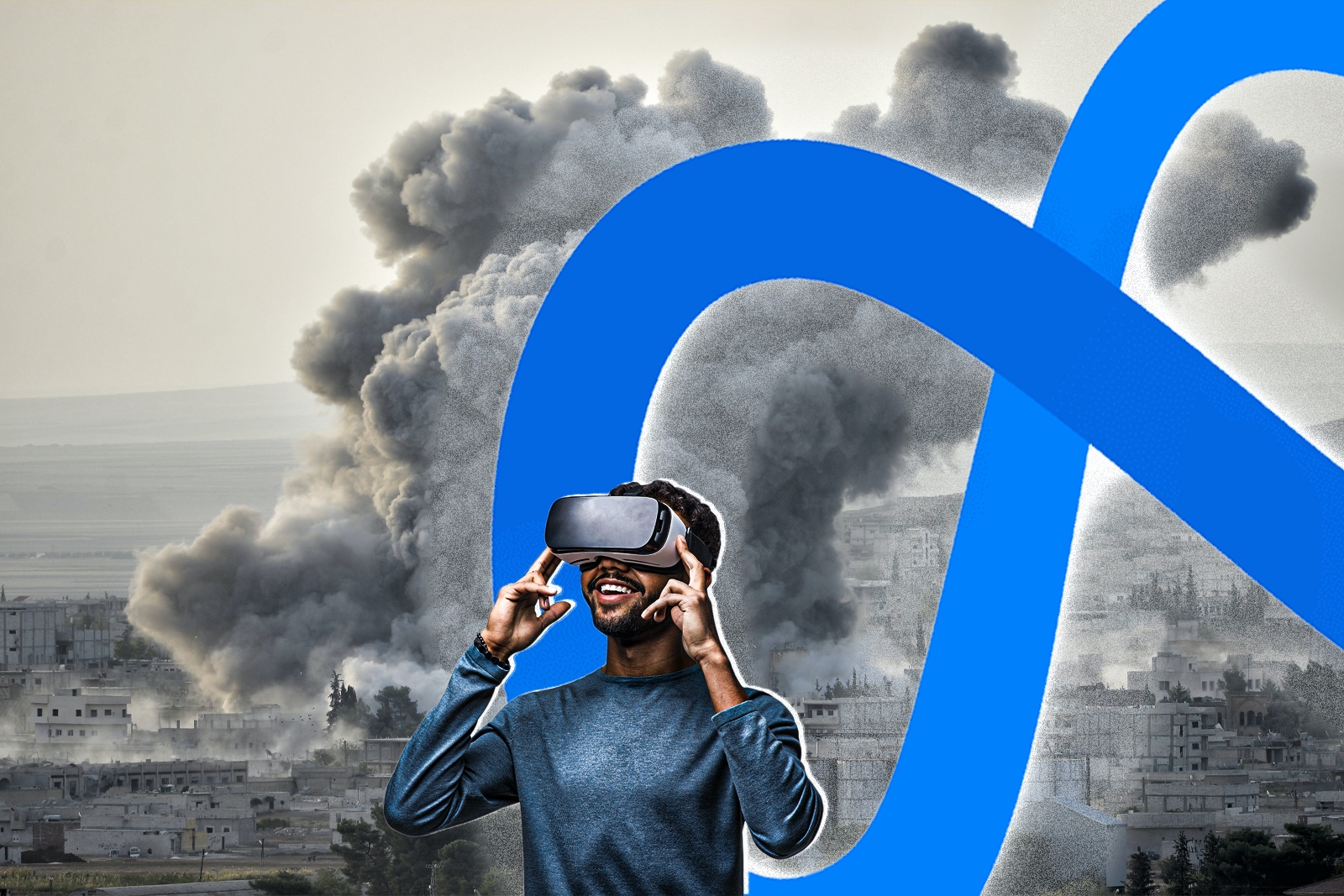
Tech
Extremism in the Metaverse
With the rapid growth of Web 3.0 – defined as a decentralised form of the Internet where people have complete control over their own data, more transparency, and far more content accessible to users – human communication will become far easier. Technologies that will facilitate this change include the combination of machine learning, artificial intelligence, and blockchain that will be central pillars of the third version of the Internet. The metaverse, therefore – is a product of Web 3.0, incorporating emerging technologies including augmented reality and allowing users to spend far more time in a virtual world where they can live, work, play, and worship. EMAN has been increasing its focus on the role of extremism in tech and how hate speech and online extremism will evolve as the Internet undergoes significant changes as we know it today.
Despite the fact that these metaverses act as efficient socialising tools, global companies are already adapting themselves to this concept by developing new business visions that simulate this new Internet innovation. Yet, like any other Internet-based application, the metaverse may have the potential to provide countless opportunities for extremists and terrorist organisations to undertake activities inside the virtual universe.
According to terrorism researchers at the National Counterterrorism Innovation, Technology, and Education Center in Nebraska, the metaverse has the potential to become the new domain for terrorist activity: “Although it is still under construction, its evolution promises new ways for extremists to exert influence through fear, threat, and coercion.” The term “modern extremism” is characterised by online recruitment and engagement, and the metaverse threatens to increase this capacity by facilitating virtual meetings between individuals from across the world.
In the near future, people will be able to use augmented reality glasses and digital reality headsets to socialise, worship, and work in environments in which digital and bodily boundaries are permeable. As such, the metaverse will allow individuals to experience their offline lives through live virtual entertainment discoveries. According to researchers at The Conversation: “a resurrected [Osama] bin Laden could meet with would-be followers in a virtual rose garden or lecture hall.” They add: “Violent extremists can plot from their living rooms, basements, or backyards – all while building social connections and trust in their peers. When extremist leaders give orders for action in the physical world, these groups are likely to be more prepared than today’s extremist groups because of their time in the metaverse.”
In addition, the metaverse makes it possible to carry out destructive actions through virtual coordination, planning, and execution. As an example, with sufficient acquired information, extremist individuals and terrorist leaders will be able to create 3D virtual environments with true-to-life representations of any physical building or entity, thereby guiding members to key objectives. Assuming that some routes are blocked, the metaverse has the potential to allow members to coordinate alternative routes, and in case something unexpected happens, contingency plans can immediately be set up to avoid any disruptions.
The metaverse makes it possible for violent extremists to plot from the comfort of their living rooms and build trust in their peers while being fully anonymous. Unlike today’s extremist groups, these virtual groups will have more time to prepare for their attacks in the metaverse before executing orders-to-action in the physical world. Extremists, terrorist organisations, and even companies may suffer serious financial losses when their virtual or augmented reality entity fails or gets destroyed. However, as people’s daily lives are becoming more dependent and integrated with technology, it may become increasingly difficult to shut down the metaverse and ignore its potential harm.
It might be a few years before a full-fledged metaverse becomes part of our daily lives, but the potential threats posed by it need to be addressed by the combined efforts of experts, organisations, policymakers, academic researchers, and most importantly, the tech companies who are standing behind this double-edged innovation. The threats posed by the metaverse require that we think about it as much or even more creatively as those with malicious intent.

